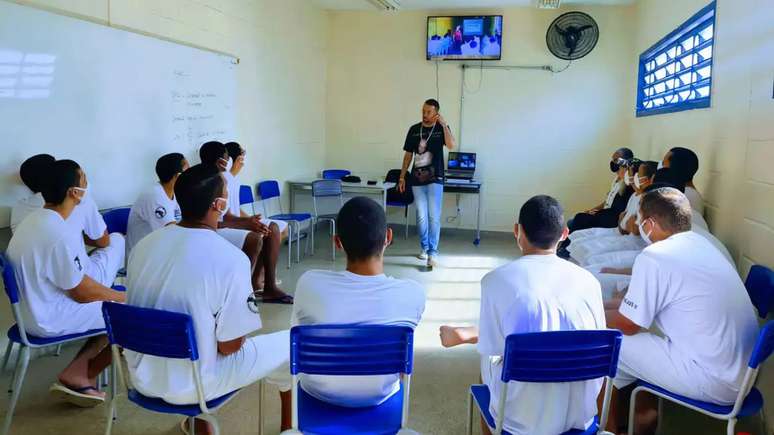The National Council for the Rights of Children and Adolescents (Conanda) launched resolution 252, with the aim of protecting young people in socio-educational units. This rule prohibits the use of lethal weapons and emphasizes the peaceful resolution of conflicts, promoting a dignified and respectful approach within the National System of Social-Educational Services (Sinase).
This initiative arises in a context of discussions on security and human rights, in contrast to proposals that seek to arm socio-educational agents. The resolution marks significant progress in terms of protecting and respecting the rights of adolescents and young people.
What is the main objective of Resolution 252?
The resolution has at its core the full protection of adolescents in detention or semi-freedom. The aim is to provide a safe environment for both young people, employees and visitors to the units. Resolution 252 guides the prioritization of peaceful solutions and the prevention of excessive use of force.
Federal, state and district governments have 18 months to adapt to the new guidelines, promoting more humane and assertive management in socio-educational units.
How does it apply in the context of weapons?
According to Agência Brasil, regarding weapons, the resolution excludes the use of lethal weapons in the units. In situations of necessity, less lethal weapons may be used, but always as a last resort. This approach aims to minimize risks to young people, avoiding permanent damage and contributing to a safer environment.
Practices such as mandatory haircuts or any type of physical interference without the consent of young people are also prohibited, ensuring dignified and respectful treatment.
What is the role of professionals in socio-educational units?
Socio-educational professionals have a crucial role in implementing the resolution, acting in a humane way and respecting the personal characteristics of each adolescent. The continuous training of these professionals is essential to ensure approaches that respect the social, cultural and emotional diversity of prisoners.
Officers must carry with them clear identification and clothing consistent with the socio-educational nature of the units, differentiating themselves from traditional security forces, strengthening the educational and non-punitive identity of these institutions.
Guidelines for organizing units
Social educational units must follow specific guidelines to ensure the safety and well-being of young people. This includes developing fire prevention plans and using safe materials, such as fireproof mattresses. Frequent communication with the fire department and regular training to ensure readiness in emergency situations are also mandatory.
These measures aim to create an environment conducive to the educational and social development of young people, always giving priority to the respect of their rights and their reintegration into society.
Source: Terra
Rose James is a Gossipify movie and series reviewer known for her in-depth analysis and unique perspective on the latest releases. With a background in film studies, she provides engaging and informative reviews, and keeps readers up to date with industry trends and emerging talents.






